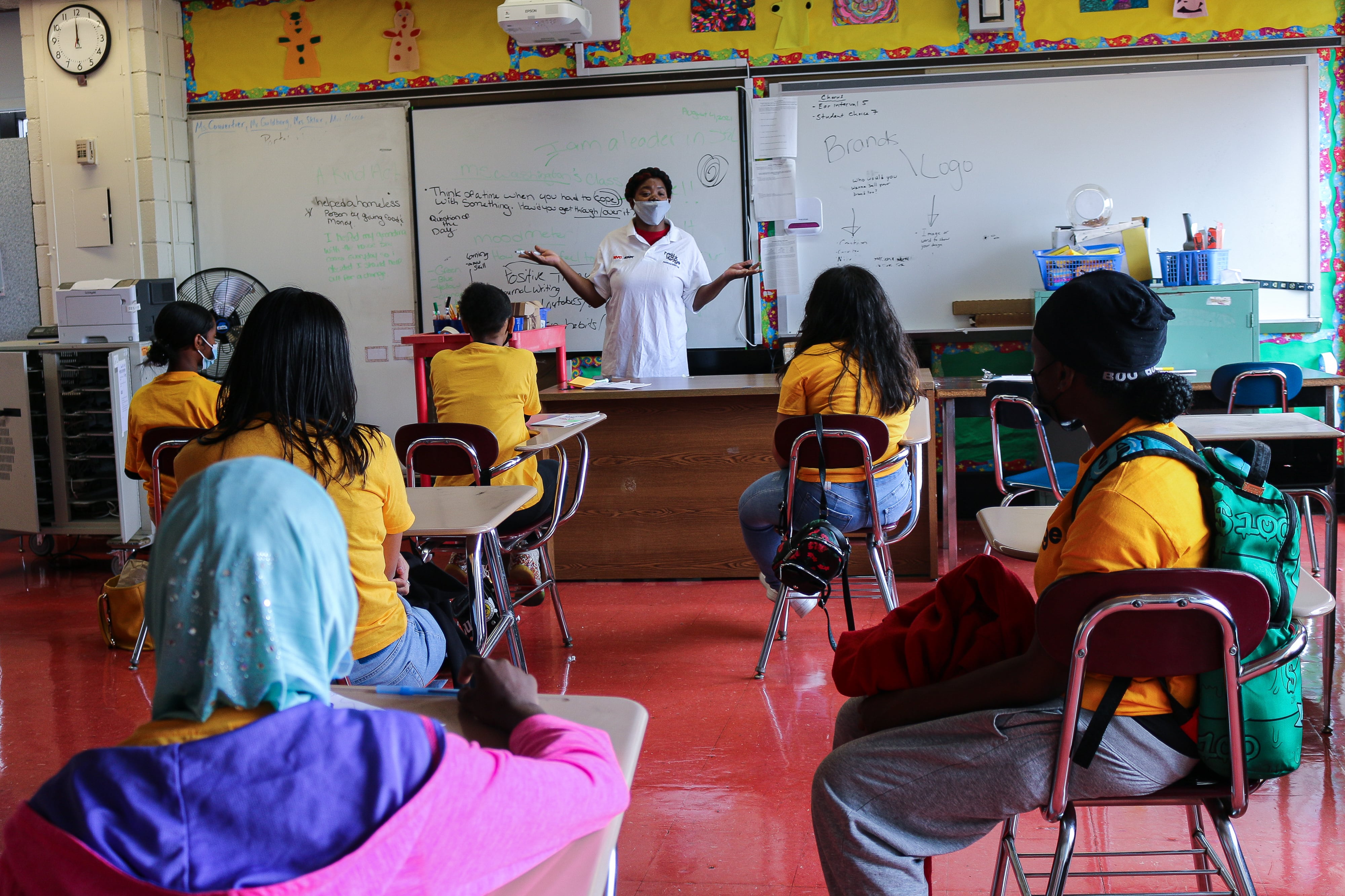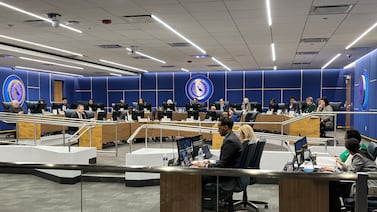There’s been little, if any, progress making up large learning gaps that have emerged since the onset of the pandemic, according to a new analysis of data from the testing group NWEA.
In the 2022-23 school year, students learned at a similar or slower rate compared to a typical pre-pandemic school year, the analysis found. This left intact the substantial learning losses, which have barely budged since the spring of 2021.
NWEA offers only one data point based on a subset of American students, and more data from other exams will be needed to produce a clearer picture of academic progress during this last school year. Still, NWEA’s analysis is a concerning indication that the steep learning losses seen since the pandemic have proven difficult to ameliorate and could have lasting consequences for students and the country.
The results are “somber and sobering,” said NWEA researcher Karyn Lewis. “Whatever we’re doing, it’s not enough,” she said. “The magnitude of the crisis is out of alignment with the scope and scale of the response and we need to do more.”
Since the onset of the COVID pandemic, NWEA, which develops and sells tests to schools, has been measuring students’ progress on math and reading exams in grades three through eight. By the spring of 2021 — according to NWEA and a string of other tests — the typical student was far behind where they would normally be. Test score gaps by race and family income, already yawning, had grown in many cases. This coincided with dramatic disruptions outside and inside schools, including extended virtual instruction. Students were learning during that time — but much more slowly than usual.
By the end of the 2021-22 school year, NWEA offered some reason for optimism. Gaps were still there, but students in many grades had started to slowly make up ground. Learning during the school year was back to normal, perhaps even a bit better than normal. State tests also indicated that students were starting to catch up.
But NWEA’s results from the most recent school year are more pessimistic. For reasons that aren’t clear, progress stalled out, even reversed. In most grades and subjects, students actually learned at a slightly slower rate than usual. Growth in middle school reading was particularly sluggish.
In no grade or subject was there evidence of substantial catch-up this year. Instead, the learning gap this spring was not much different than in the spring of 2021, according to NWEA. Students of all types remain behind, but NWEA shows that Black and Hispanic students have been hurt somewhat more than white and Asian American students.
“This is not what we were hoping to see and it’s not the message we want to be sharing at this time,” said Lewis. “But the data are what they are.”
Frustratingly, though, the data does not come with a clear explanation.
Schools were beset with challenges this past year: Chronic absenteeism remained at an alarmingly high level in many places. More teachers left the classroom than usual. Educators reported difficulties managing students’ behavior and supporting their mental health.
But it’s not clear why there was more progress in the 2021-22 school year, which was also an unusually taxing year in many ways, according to teachers. Lewis said this was puzzling, but speculated that an initial burst of motivation upon returning to school buildings had fizzled.
Learning loss recovery efforts have also run into hurdles. Tutoring has reached only a small subset of students. Few districts have extended the school day or year to guarantee all students more learning time.
But NWEA researchers cautioned that their data cannot speak directly to the effectiveness or particular recovery efforts or to the federal COVID relief money more generally. “We have no access to the counterfactual of what life would be like right now absent those funds — I think it would be much more dire,” said Lewis.
It’s also possible that some combination of out-of-school factors may be driving trends in student learning. Researchers have long noted that a complex array of variables outside of schools’ control matters a great deal for student learning.
What the NWEA study does suggest is that students are not on track to catch up to where they would have been if not for the pandemic. Lewis says the takeaway is that policymakers and schools simply aren’t doing enough. “If you give someone half a Tylenol for a migraine and expect them to feel better, that’s just not reality,” she said.
NWEA’s analysis is based on data from millions of students in thousands of public schools. Outcomes may not be representative of all students or schools, though, since the exam’s administration is voluntary.
NWEA researchers say other data would be helpful to confirm the results. That could come soon: State test results from this year are beginning to emerge and other testing companies will be releasing their own data.
Matt Barnum is a national reporter covering education policy, politics, and research. Contact him at mbarnum@chalkbeat.org.






